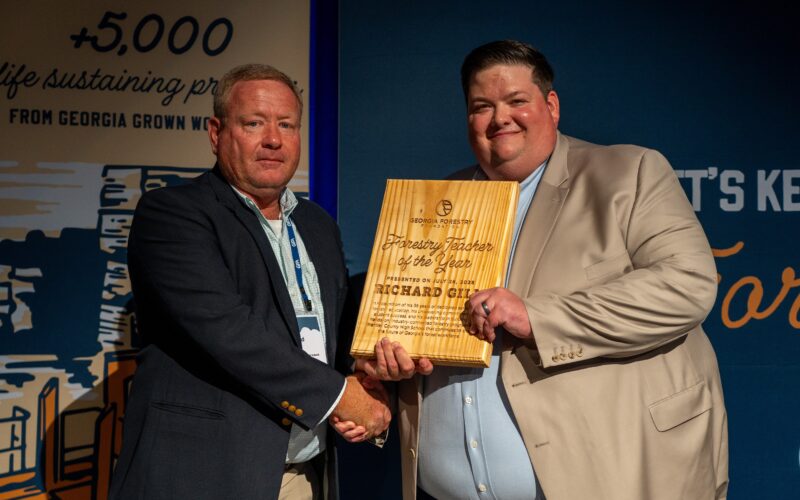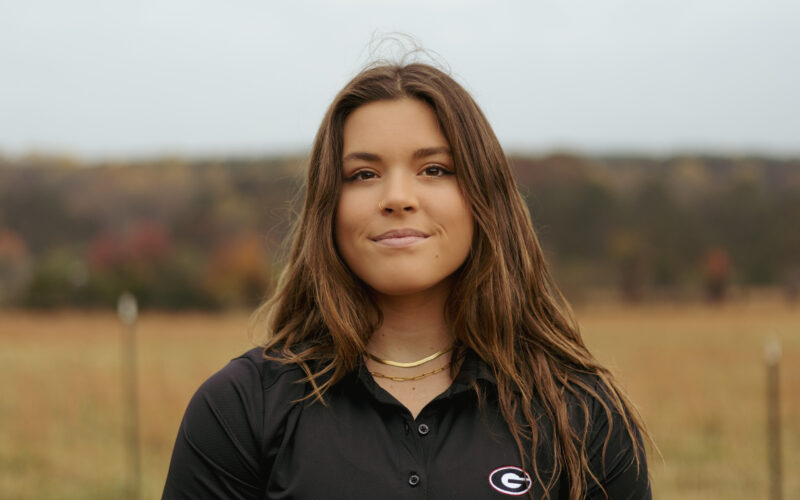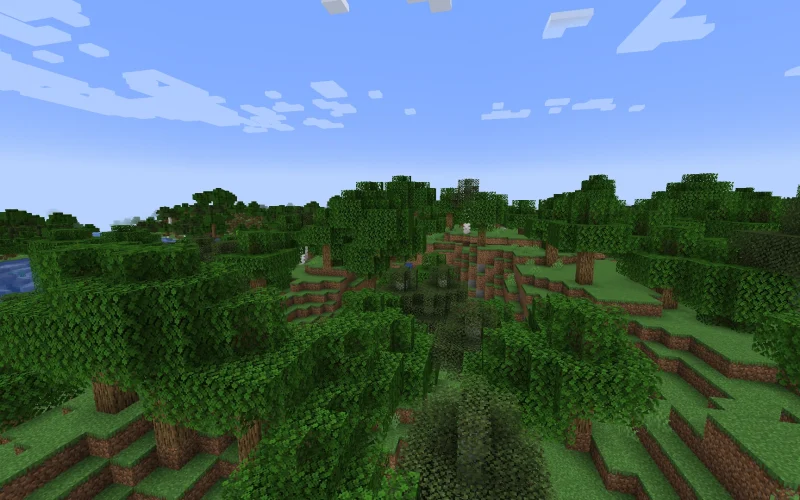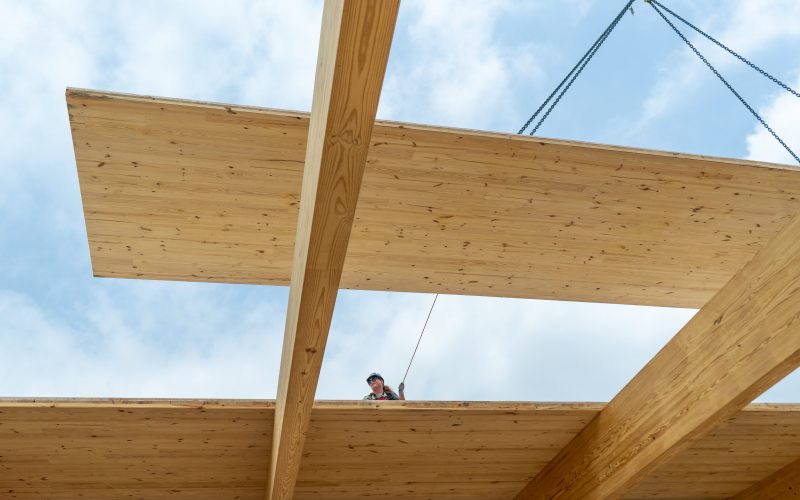Georgia’s population is growing and changing every day. According to data from the 2010 U.S. Census, more than 75 percent of the state’s population lives in urban or suburban areas. Working forests are critically important to the daily survival, comfort and progress of all Georgians. But effectively communicating that to the majority of the population requires strategic placement of the working forest message. That’s why the Georgia Forestry Foundation partnered in a year-long effort with Georgia Public Broadcasting to create a unique, interactive and educational forestry experience for students across the state.
Aligned to third- through sixth-grade state learning standards, “Georgia Forests: Virtual Learning Journey” is a free classroom resource designed to teach students about forest ecosystems, food webs and life cycles, as well as forestry management processes, career opportunities and much more. Georgia educators served as consultants on the project to ensure proper alignment to Georgia standards and to provide guidance on instructional best practices.
“This one-of-a-kind tool will give us the opportunity to bring working forests to every school in the state,” Andres Villegas, President and CEO of the Georgia Forestry Association and Foundation, said. “We are especially excited that it has been designed to meet the needs of teachers while aligning perfectly to Georgia’s educational standards.”
[siteorigin_widget class=”SiteOrigin_Widget_Slider_Widget”][/siteorigin_widget]
This virtual classroom tool is a highly engaging resource that can enhance educators’ abilities to teach students about a variety of topics related to the sustainability and economic importance of Georgia’s most abundant natural resource. There is an additional teacher resource section on the site that provides printable handouts, vocabulary, quizzes, answer keys and five STEAM challenges that include student and teacher guides.
“Because of great partners like Georgia Forestry Foundation, Georgia Public Broadcasting is able to create innovative digital resources like the ‘Georgia Forests: Virtual Learning Journey’ that are educational and engaging for students across the state,” said Laura Evans, Director of Education at Georgia Public Broadcasting. “Cross-curricular concepts are presented through text, images, videos, 360 degree tours and interactive elements. This resource is available at no cost and can be accessed on all platforms used in Georgia classrooms.”
The Foundation is now focusing on the second stage of its K-12 education vision, to expand immersive technology offerings from GPB to include virtual reality (VR) applications. In addition, efforts in the next stage will also focus on developing resources that are aligned to high school academic standards with a heavy emphasis on careers in forestry.
“There are 1.7 million school children in Georgia; this program is a major step forward toward connecting them to Georgia’s 22 million acres of working forests,” stated Ken Stewart, Chairman of the Georgia Forestry Foundation.
“To ensure the environmental and economic sustainability of working forest and forest products industries now and in the future, we must aggressively pursue opportunities to educate Georgians of all ages,” Villegas said. “GPB is well respected in this space, and we are excited to expand our reach through their platform in the future.”
To access “Georgia Forests: Virtual Learning Journey,” visit www.gpb.org/education/forestry.
To learn more about the Georgia Forestry Foundation and to donate to its educational efforts, visit www.gffgrow.org or call 478-992-8110.






